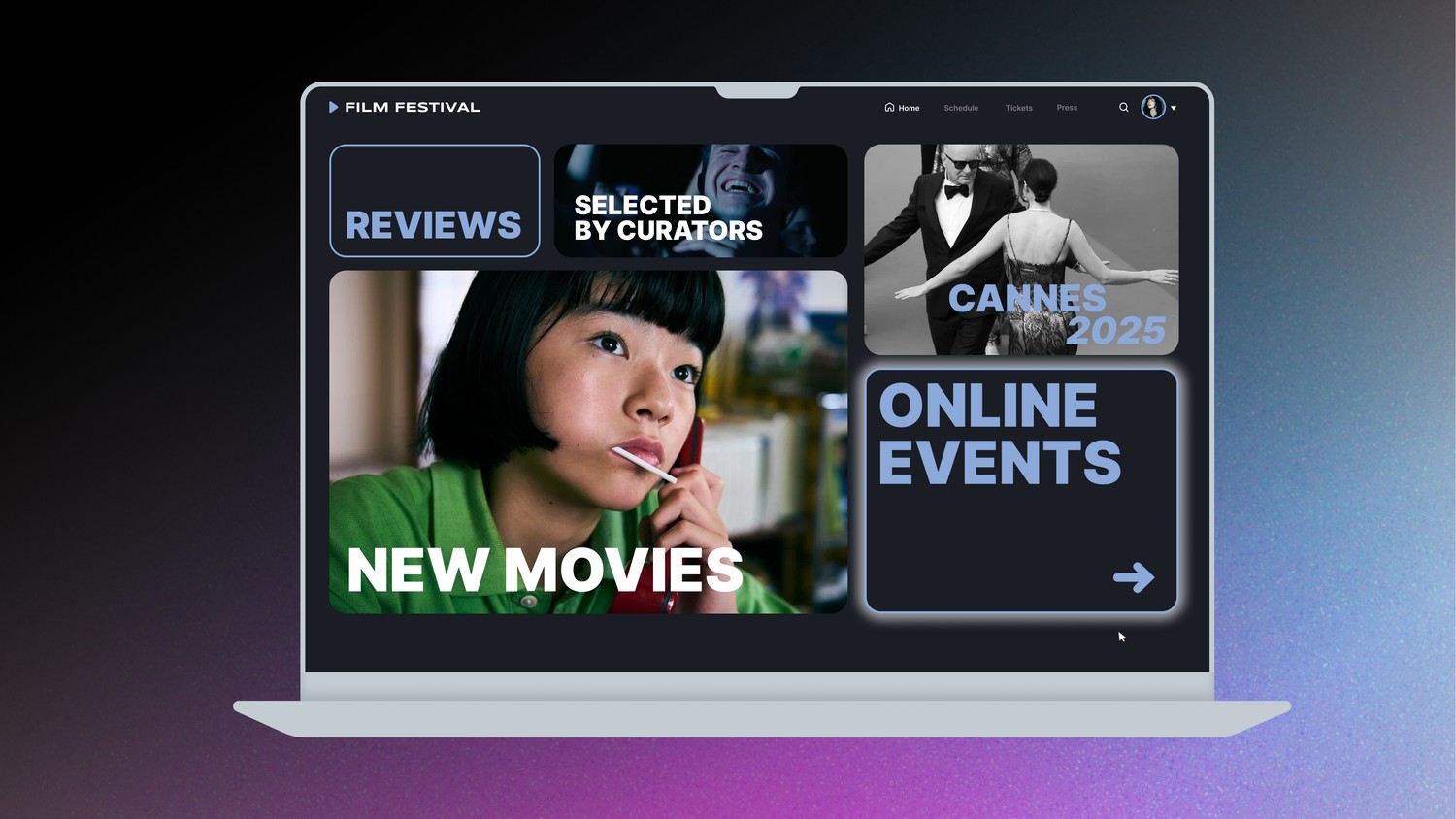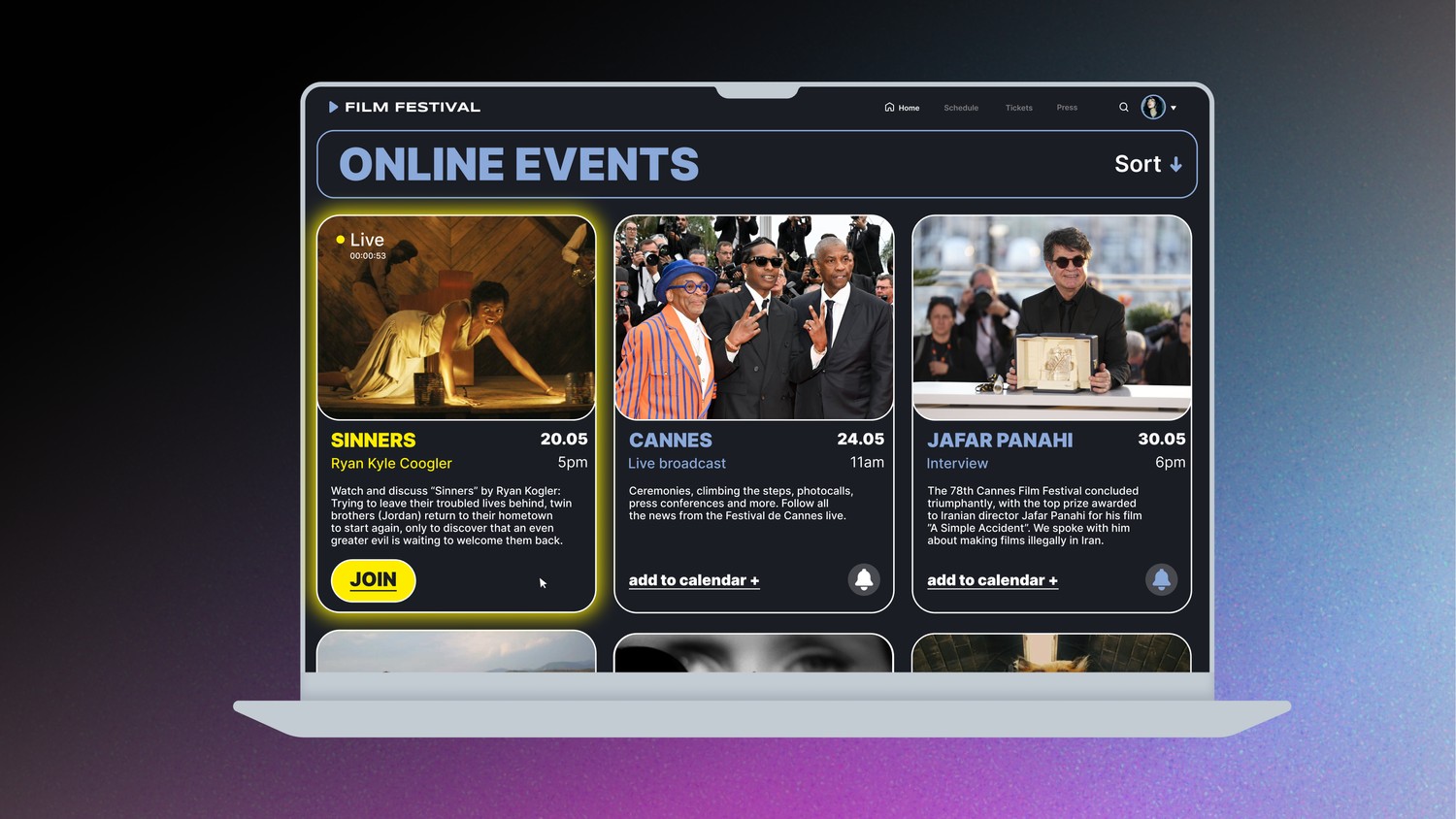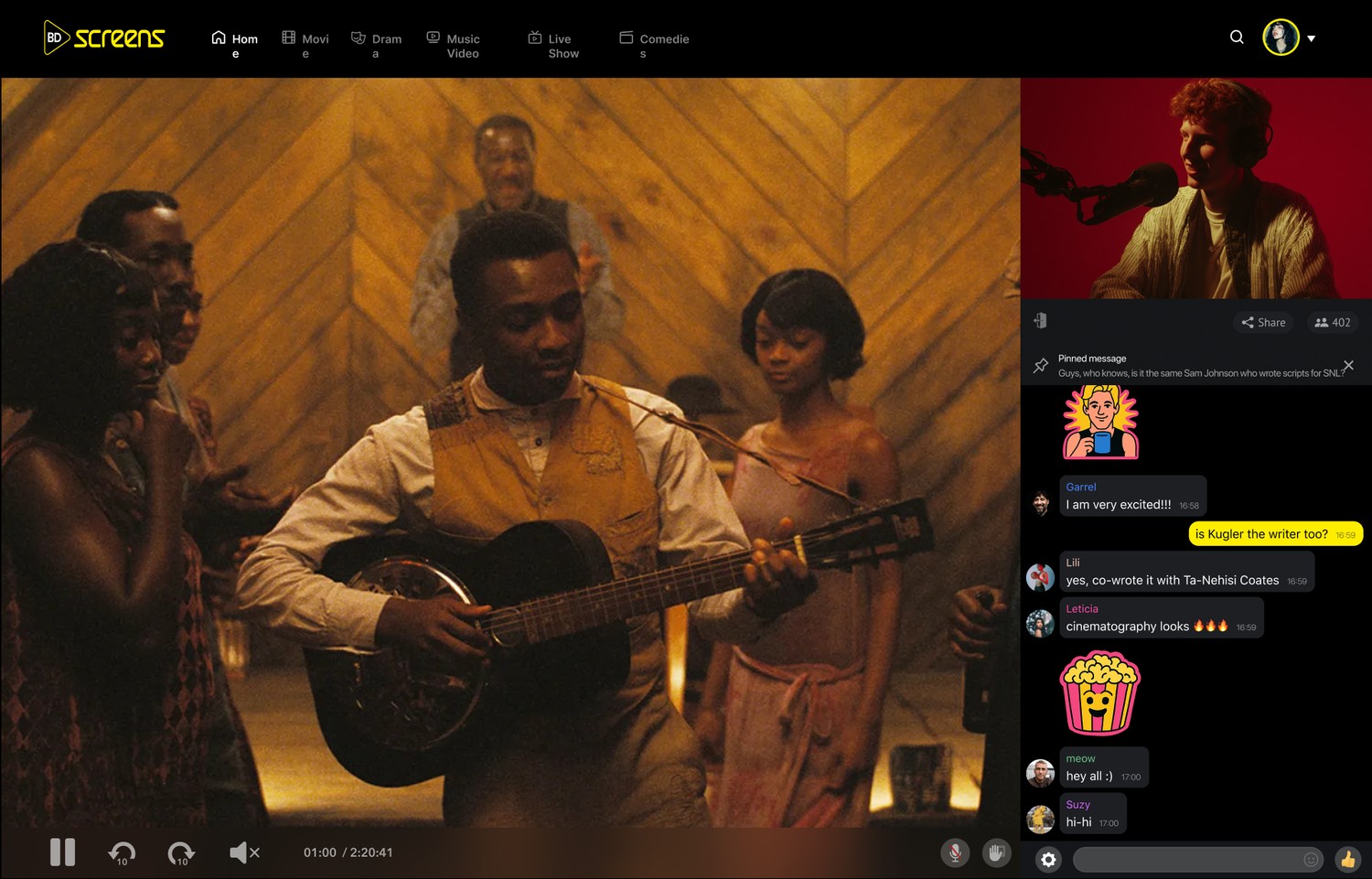How to Build an In-App Community: Step-by-Step Guide
Learn how to build in-app communities that boost engagement, retention, and loyalty through chat, moderation, and user-driven features.
What Is an In-App Community?
We won’t delve into lengthy explanations of how it happened or how social media, messengers, and the pandemic have collectively altered our habits for consuming digital information. Despite repeated studies, the fact remains that people generally tend to communicate online without an apparent reason or topic. With a topic, their communication becomes substantial; without it, it can be fun or meaningless. But anyway, communication is the blood of digital usage.
Communities, or groups of people with the same interests or ideas, can be the glue that keeps users engaged on the app and prevents your competitors from easily luring them away. Often, brand owners understand the power of community but try to build it on social media or any other external community platforms, like Discord or Slack. Thus, after spending a significant amount of money and resources, they are unsure how to proceed with communities that feel perfectly fine on Instagram or Twitch but are indifferent to the initial platforms. So, resources are spent, but no business growth is achieved.
There is a simple solution—if you have an app or website and notice that communities align with your content, build them internally. Don’t keep your app or service bloodless.
How to Build an In-App Community Step by Step
Let’s examine the key steps to build a community internally on your app or website. You can follow all of them, or just use some. A process is flexible because the main goal is to build a community that will be suitable for your audience and your service. So, follow tips and tricks, but don’t forget to hear your audience.
Step 1: Define Your Purpose
Why do you want to build a community? Any answer would work, but you would actually need an answer. Let’s think about what answers can be.

- To grow user loyalty
- To grow some of your primary metrics
- To stand out for your brand in the market
- To know your users better
- To grow revenue faster
- To build partnerships
- To avoid “traditional” social networks
- Just to build community
Okay, if the last one looks controversial, it suggests that you don’t have a clear understanding of this. However, the reality is not as simple as that. You can build a community because you see that your users have much in common—you see it because of your platform or content, your pride, or because of how difficult it is to find a soulmate in your sphere, topic, or domain. So, yes, for the start, community for community can be a goal, but you need to find the next step sometime after the start, for any community to want to be fed and developed.
With other reasons, everything is clear. Pick one or several, and let’s start.
Step 2: Choose a Community-Building Software (Tech Stack & Chat)
What does any community need to start forming? Digital communities in this context share the same need as real-life communities, so they require a platform where people can gather and engage in conversation. Examine various community social media platforms and networks to identify commonalities. First of all, they have a chat. It is a place where people can meet and communicate. A chat, also known as a comment section, can be linked to photos, videos, live streams, and games, but people need to have the opportunity to share their thoughts, likes, dislikes, opinions, and emotions. It is the base for your community—no community can exist without a space to talk and exchange thoughts.
If a chat is the base, you need to build it thoughtfully: to understand which tech stack you will use and what SaaS or white label solution you need to apply to create a community-building space on your platform. There are many of them, and they differ in several aspects: the technical approach, level of customisation, and scope of features offered by such services vary, so you need to assess your needs and opportunities to make an informed decision.
Step 3: Position the Chat Strategically
You find a chat, so you need to understand how to place it on your service. Before this, a new question arises: what would you like your users to discuss? If you want to see a general discussion on the platform. Chitchat of everybody about everything—it can work, but you need to place your chat as a lobby. A home page is perfect for a chat feed with such talks.

If you want your users to discuss the main content of your platform, you should place chats on content pages or even within individual pieces of content. Therefore, if your platform displays video, chat should be placed within the video players. If you have games, players need to be able to chat while playing, so the chat should be placed back inside the game space. There are many examples when this approach is utilised, such as Fortnite or Mario Kart. The same approach can be applied to news media or any other form of media: users will discuss the particular topic from this specific piece of content, or the conversation will be more contextual and meaningful.
But there is a third variant, when there is no content but activity. For example, fitness apps or gardening apps. Here, your users can discuss specific activities or cases, or simply gather into groups within the main groups, or participate in discussions related to particular events. So, here you need not just place a chat inside an existing page, but create a new page to set the whole scope of discussions, groups, or challenges.
Step 4: Allow users to express their personality
People are people and want to express themselves, especially when they are in a society. Community is a society, so let them be themselves. How? At least, with nicknames and avatars. If users can create their own name, choose how they will be perceived within the community, or even add some personal touches like badges, it will further link them to the platform.
Step 5: Protect your users and their friendly space (but remember about freedom of speech!)
Yes, you will feel like you're in a democratic government. You need to protect members of your community, establish rules and restrictions, and enforce them on rule breakers. At the same time, you should remember that it’s a free space, and your users have not only obligations but also rights. This step is not just about abstract Rousseauian reflections on freedom and voice, but about the moderation tools that should be built into your chats. Moderation is a field where AI plays a crucial role. People are needed to create tools and prompts, but there is some work for AI to catch spammers, flooders, and harassers.
Also, it is essential to provide users with the opportunity to monitor and clean their own space. So, allow them to hide messages they find offensive, and it will enable them to report rule breaks. When users can proceed with meaningful actions, they trust the space more.
Step 6: Engage users with tricks and gimmicks
Nice, you've taken several steps and see how your community's growing: people are discussing significant topics, exchanging ideas, and sharing emotions. People are always seeking fun, so to make your users happy, give them something enjoyable. Polls, quizzes, games, and achievements for streaks are familiar to them, and they tend to use all of these wherever they meet them.
Typically, working with the community using tools is considered community management, and if you've already established it, you need to manage it. Schedule quizzes, send them great tricks. At the same time, it is not necessary to address their complaints and pleas in the name of the brand. The best community management is invisible, when people have fun and communicate without realising that someone is managing them while they are doing it, and community engagement grows naturally, or it seems like this.
Step 7: Start expert talks in chats using audio and video live streaming
We are here with your community, observing it, and it looks fine. Your chats are customised and linked to the content. People can customise their profiles and express themselves when space is secure and friendly. When everybody has fun and is engaged, you can upgrade it to the next level. Invite influencers and experts to add more meaningful context to the community, or offer community influencers the opportunity to share their knowledge through audio streams. It's about creating a brand podcast that's hosted on Spotify or another platform, like your web. It provides users with the strongest connection to the brand and increases its value.
For certain industries, such as video gaming, live video streaming is more meaningful. For example, Twitch has created a habit of watching gamers while they play, and you can offer your users the same opportunity without Twitch.

Step 8: Monetise engagement with promo and marketing
When you develop a community, you can start by integrating partnerships and promoting your features and content in chats. Utilise pop-ups and offers, open exclusive functions just for members or subscribers, and reward them with specific stickers. Cross-promotions built inside one platform are usually not perceived as ads, but rather as onboarding and guidance to the service they already use, or as an announcement of new content or possibilities. Stickers and badges as awards work engagingly because people like gifts and achievements. The fact that they can be used in this app only is not a problem, as we've already seen, since they want this app and have some soulmates in its domestic community.
Step X: Analyse User Insights
It is not the final step; it is something that you should do all the time. Analyse community and engagement metrics, actions, and any words users write in chats. They share on your platform and hear each other; you should also listen to them. You can optimise and improve your platform with these insights, develop your content strategy, or even form and correct the roadmap. Your platform is for users, and with a community, you always have access to the best and most relevant focus groups for testing any hypotheses.
Community = Retention + Loyalty
All of the steps above help you build and develop a community that drives retention, grows your base, fights churn, and even increases revenue. And what is no less important is building trust and raising loyalty, because loyal people and loyal communities will stay with you when you care about them; it is about reciprocity.
Build Your In-App Community with Watchers
Ready to boost user engagement? Integrate Watchers with your platform today and build the community around your content or brand. We will help you find the best solution for your engagement strategy.

FAQs About In-App Communities
How to build an in-app community?
Start with the goals and continue with the community-building tools, such as community chats and in-app live streaming. Allow your users to gather on your app and community directly there and see how your users become your influencers.
What are the key features of in-app communities?
Any community needs a space to meet, so the key feature is the community chat. You can check other features for the thriving community with the connection to the industry here.
How do you moderate an in-app community?
There are different ways: in-flight tools, pre-moderation based on filters, user reports, and AI-powered moderation. At Watchers, we combine all of them to offer our clients communities the most secure space possible.
How can I monetise an in-app community?
Community-chat, as a place with engaging users, can be the perfect place to remind users about an opportunity to buy a subscription or membership. Badges and achievements available only for paying users do not help either. Different widgets, such as copy-trading, enable users to repeat financial deals fast and efficiently, which leads to transaction growth. And of course, community chat can be hidden behind the paywall: users cannot communicate before taking paid actions.
References and Further Reading
You Never Game Alone: Live Chats and In-app Live-Streaming to Make Gaming Brighter | Blog Watchers
Safety vs Censorship: Watchers’ Community Moderation | Blog Watchers
What is a Community App? Key Features, Benefits, Trends & More | Learn Worlds
Measuring the Topical Specificity of Online Communities | Research Gate
Community and monetization guidelines | Meta Guidelines
Boost your platform with
Watchers embedded tools for ultimate engagement
